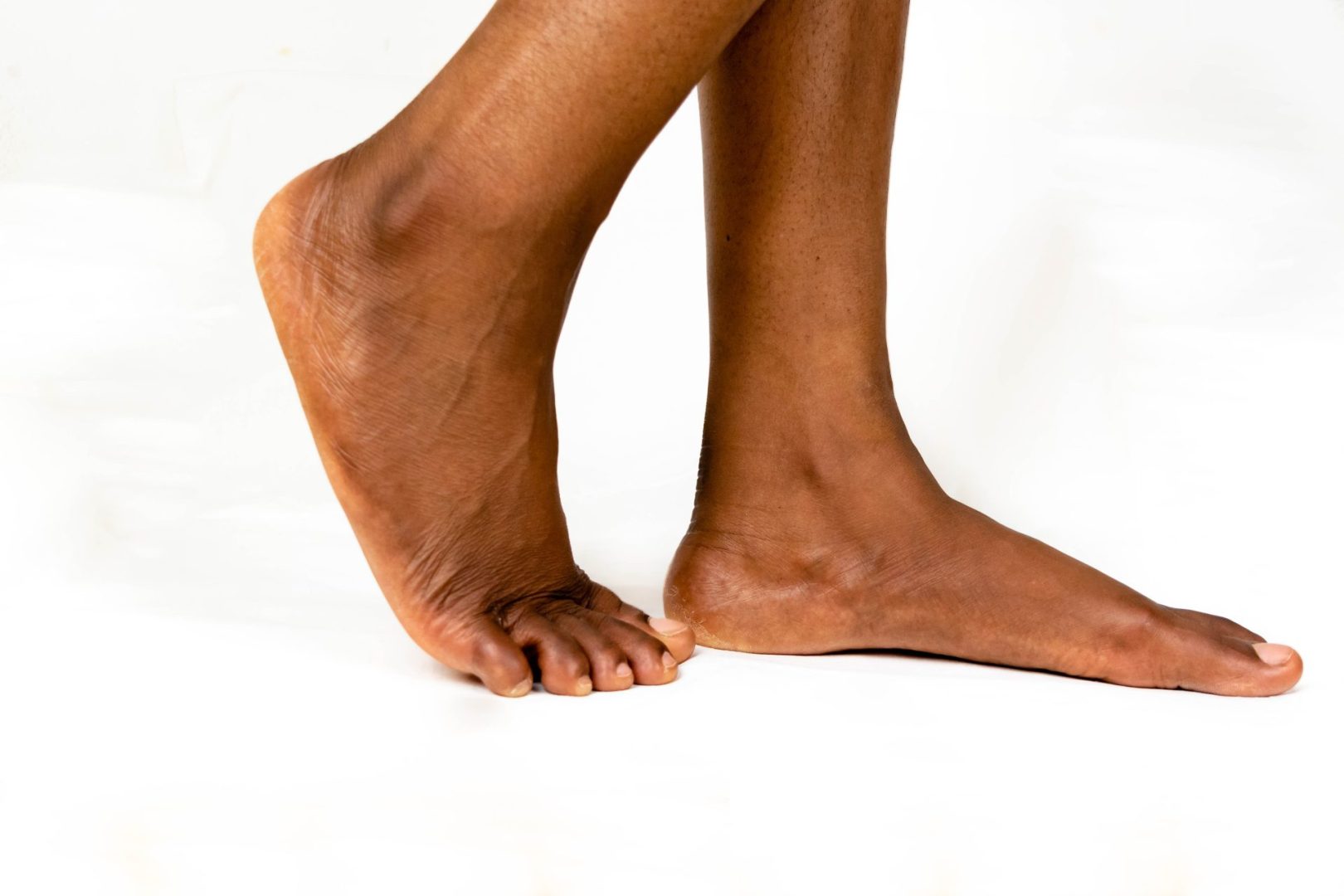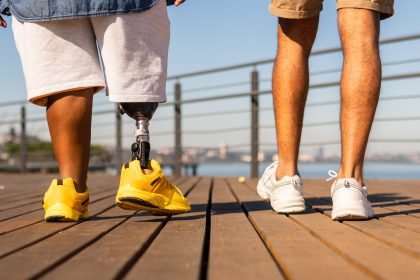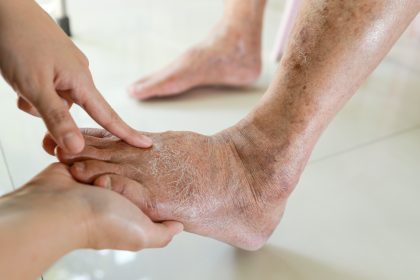The sural nerve, positioned beneath the skin’s surface in the back of your lower leg, plays a critical role in your body’s sensory network. As a component of the peripheral nervous system, this nerve helps facilitate vital communication between your brain and the rest of your body, contributing to everyday function and movement.
The fundamental structure and formation
The sural nerve begins in the upper calf region where two significant nerves join together. It extends downward along the back outer section of your leg, curves around the ankle, and terminates before reaching the toes. This nerve forms through the contribution of two parent nerves: the tibial nerve, which enables sensation and movement in the posterior leg and foot, and the common fibular nerve (also called the common peroneal nerve), which provides sensory and movement capabilities to the area behind your knee and adjacent leg tissue.
Structurally, the sural nerve contains microscopic, string-like fibers called axons. These axons are bound together into nerve bundles by myelin, a fatty substance that insulates and protects the nerve fibers. These bundled nerves connect to your spinal cord, establishing a communication network that allows nerve signals to travel rapidly between your brain and lower extremities.
The 5 essential facts about the sural nerve
Sensory function and coverage area The sural nerve functions exclusively as a sensory nerve, unlike some nerves that control both sensation and movement. It specifically enables you to detect touch, foot position, temperature, pain, and vibration in several key areas. This sensory coverage extends to the back of your leg below the knee, the outer side of your foot, your outer heel, and your ankle region. These sensations prove vital for everyday activities, particularly those requiring balance and coordination.
Contribution to balance and stability Beyond basic sensation, the sural nerve plays a crucial role in proprioception, your body’s awareness of position and movement. This function helps maintain balance and stability while standing and walking. The nerve sends continuous feedback about foot position and pressure to your brain, allowing for proper weight distribution and gait adjustments. This sensory feedback loop becomes particularly important when navigating uneven surfaces or performing activities requiring precise foot placement.
Diagnostic importance through biopsies The sural nerve holds special clinical significance as a diagnostic tool. Its superficial location makes it relatively accessible for biopsy procedures where healthcare providers extract a small tissue sample for laboratory examination. This procedure helps identify various nerve diseases with minimal complications and good healing potential afterward. Conditions diagnosed through sural nerve biopsies include light chain amyloidosis (abnormal blood protein buildup affecting nerves), vasculitis (blood vessel inflammation), and various peripheral nerve disorders that prove difficult to diagnose through other methods.
Therapeutic value in nerve grafting The length and regenerative capacity of the sural nerve make it an ideal candidate for nerve grafting procedures. In this therapeutic application, surgeons harvest a portion of the healthy sural nerve to repair or replace damaged nerves elsewhere in the body. These grafts effectively treat various conditions including brachial plexus injuries affecting the shoulder, arm or hand; sciatic or peroneal nerve injuries impacting the leg, ankle or foot, erectile dysfunction, facial paralysis, and even neurotrophic keratitis, a rare disease affecting the nerves in the eye. The relatively minor functional loss from harvesting this nerve makes it particularly valuable for these reconstructive procedures.
Vulnerability to specific conditions Several health conditions specifically target or affect the sural nerve. Diabetes-related neuropathy frequently impacts this nerve, making it one of the most commonly affected nerves in this prevalent metabolic condition. Sural nerve entrapment occurs when surrounding tissue thickens and compresses the nerve, causing characteristic pain patterns. Sports injuries, particularly ankle sprains, can force joints out of alignment and damage the nerve. Tight-fitting footwear, such as ski boots or improperly fitted athletic shoes, may compress the nerve. Even surgical procedures in the lower leg can sometimes result in inadvertent nerve damage through direct instrument contact or from hardware like screws that rub against the nerve during healing.
Prevention and protection strategies
Taking proactive steps to safeguard your sural nerve involves several practical approaches. For individuals with diabetes, maintaining blood sugar levels within target ranges represents the most effective preventive measure against neuropathy. Athletes and active individuals should select properly fitting footwear that provides adequate support without excessive pressure on the ankle or calf region, replacing shoes when they show signs of wear.
Lifestyle factors also influence nerve health. Eliminating tobacco use improves overall circulation to peripheral nerves. Nutritional support through foods containing vitamin D and vitamin B12 specifically benefits nerve tissue maintenance and function. These simple preventive measures can significantly reduce the risk of sural nerve complications.
Recognizing warning signs
Recognizing potential sural nerve issues early allows for prompt intervention and improved outcomes. Contact a healthcare provider if you experience any discomfort in your lower leg or the top outside portion of your foot. Warning symptoms include burning sensations, decreased sensation, hypersensitivity to touch, sharp or throbbing pain, and tingling or numbness in the affected areas. These symptoms may develop gradually or appear suddenly following injury.
While sometimes overlooked among better-known nerves, the sural nerve plays a vital role in your daily function and mobility. Its unique position, structure, and capabilities make it both functionally important and medically valuable in treating various conditions throughout the body. Understanding this nerve’s significance helps explain why proper care and attention to symptoms contribute to overall neurological health.
















